
Predicting the Woman Hairstyles of the Future: 7 Trends Shaping the Next Decade | Tech & Sustainability
12 min read

12 min read

12 min read

14 min read
Download our app to instantly see how you'd look with any hairstyle or color
Get the App
12 min read
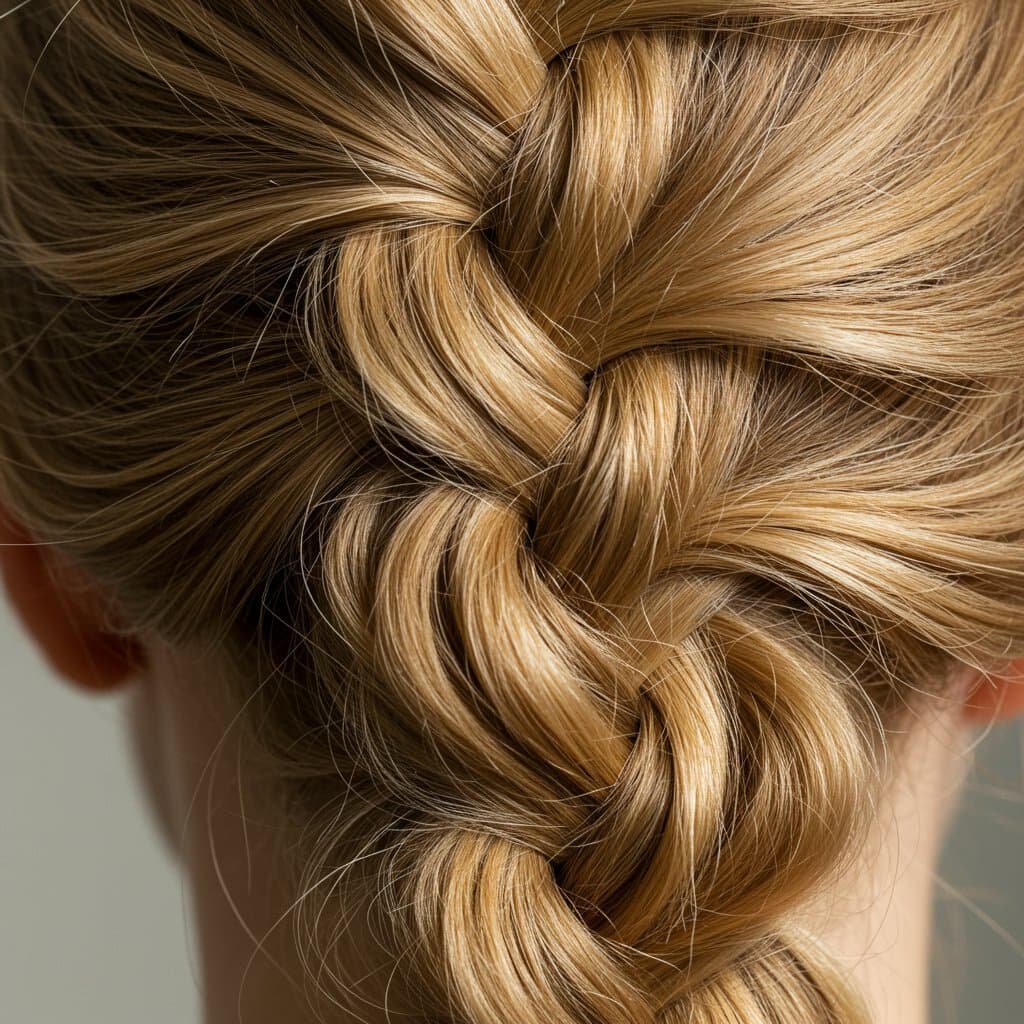
14 min read
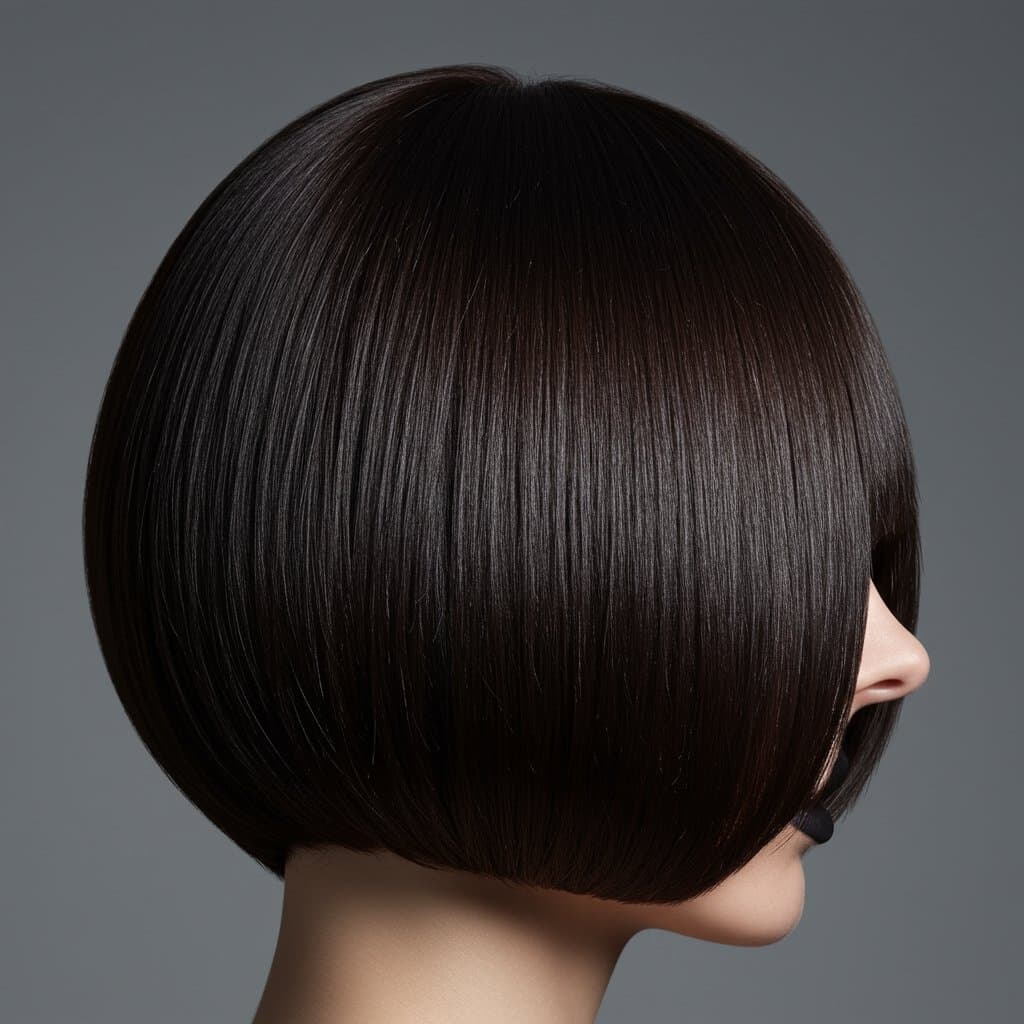
14 min read
Download our app to instantly see how you'd look with any hairstyle or color
Get the AppEvery person who dreams of long, luscious, and healthy hair knows the journey can be filled with challenges, from frustrating breakage to seemingly stalled growth. What if the secret to achieving your hair goals wasn't a magic product, but a strategic approach to hair care? Enter protective styling, a time-honored practice that is fundamental to promoting hair health and growth. This isn't just about creating beautiful, intricate hairstyles; it's a powerful method for shielding your delicate strands from the daily stressors that hinder length retention. By minimizing manipulation, protecting your ends, and reducing environmental damage, protective styling creates the ideal environment for your hair to thrive.

This comprehensive guide will delve deep into the world of protective styling to promote hair health and growth. We will explore what these styles truly are, the science behind their effectiveness, and the best options for every hair type. From the critical preparation and installation phases to diligent maintenance and safe takedown, you'll gain the expert knowledge needed to make protective styling a cornerstone of your hair care regimen. Whether you're a seasoned naturalista or just beginning your healthy hair journey, understanding the principles of this practice is the key to unlocking your hair's true potential and finally seeing the growth you've been working for.
At its core, a protective style is any hairstyle that tucks away the ends of your hair, safeguarding them from damage. The ends are the oldest and most fragile part of the hair shaft, making them highly susceptible to splitting, knotting, and breaking. When you constantly wear your hair out, it's exposed to a barrage of stressors: friction from clothing, harsh weather conditions like sun and wind, and the inevitable wear and tear from daily handling, combing, and styling. Protective styling acts as a shield, creating a physical barrier between your vulnerable ends and these damaging elements. This simple act of tucking them away is the primary mechanism that leads to noticeable length retention over time.
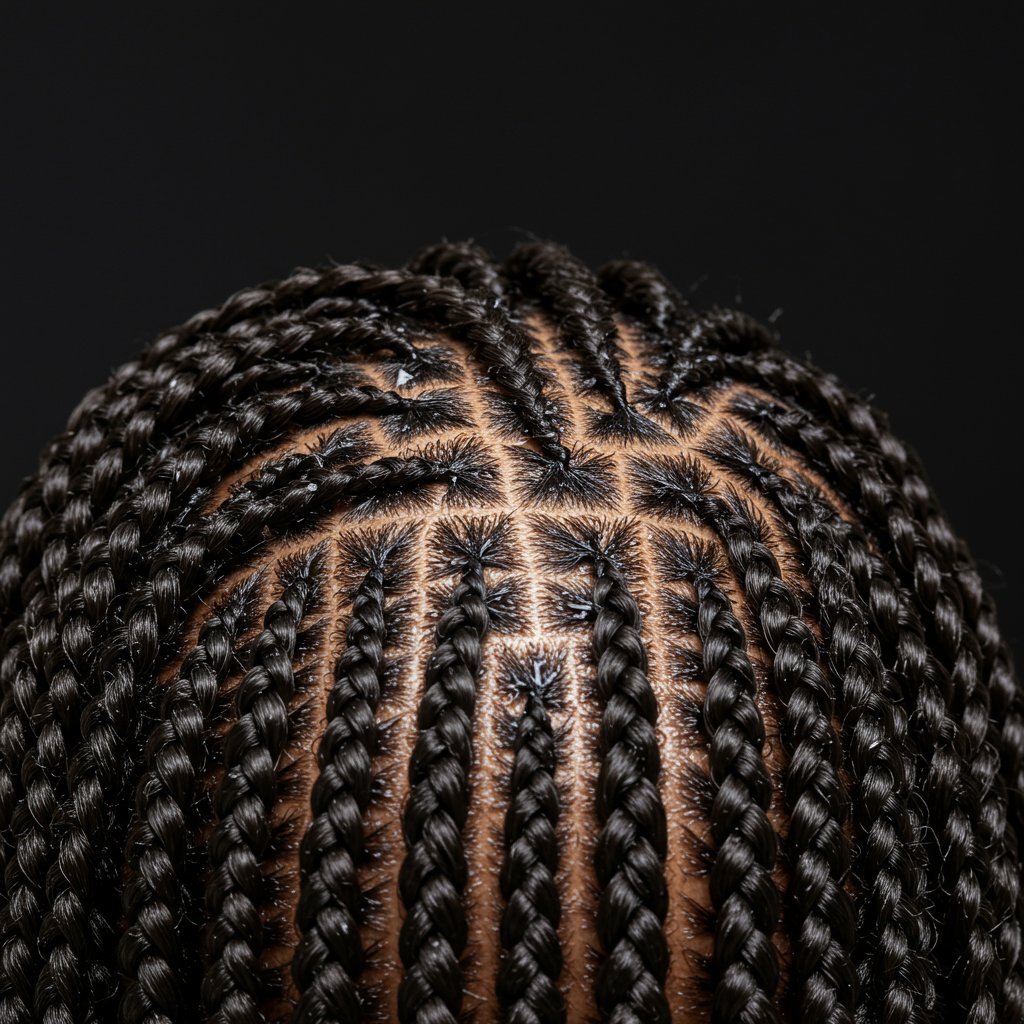
It's important to distinguish between true protective styles and low-manipulation styles. While both are beneficial, their functions differ slightly. A true protective style, like box braids, twists, or a bun, completely conceals the hair's ends. A low-manipulation style, such as a pineapple updo or a loose braid, reduces handling but may leave the ends partially exposed. The goal of both is to give your hair a much-needed break from the rigors of daily styling. By dramatically cutting down on combing, brushing, heat application, and tugging, you are directly reducing the mechanical stress that leads to breakage. This period of rest allows your hair to simply grow without interruption, which is why so many people experience significant progress in their hair journey after incorporating these styles.
Think of it as a long-term investment in your hair's health. While the immediate result is a beautiful and often long-lasting hairstyle, the real payoff comes weeks or months later when you take the style down. The hair that has been protected has been allowed to grow peacefully, free from the daily micro-fractures and splits that chip away at your length. This is the essence of how protective styling promotes hair health and growth—not by accelerating the rate of growth from the scalp, but by preserving the length that you already have, allowing you to see and enjoy the results of your body's natural hair growth cycle.
To fully appreciate the benefits of protective styling, it's helpful to understand the basic science of hair growth. Your hair grows from follicles in your scalp in a continuous cycle with three main phases: Anagen (the active growth phase), Catagen (a transitional phase), and Telogen (the resting/shedding phase). On average, hair grows about half an inch per month during the anagen phase. This means that, for most people, the issue isn't a lack of growth; it's a lack of length retention. Your hair is constantly growing, but if it's breaking off at the ends at the same rate (or faster), you'll never perceive an increase in length.
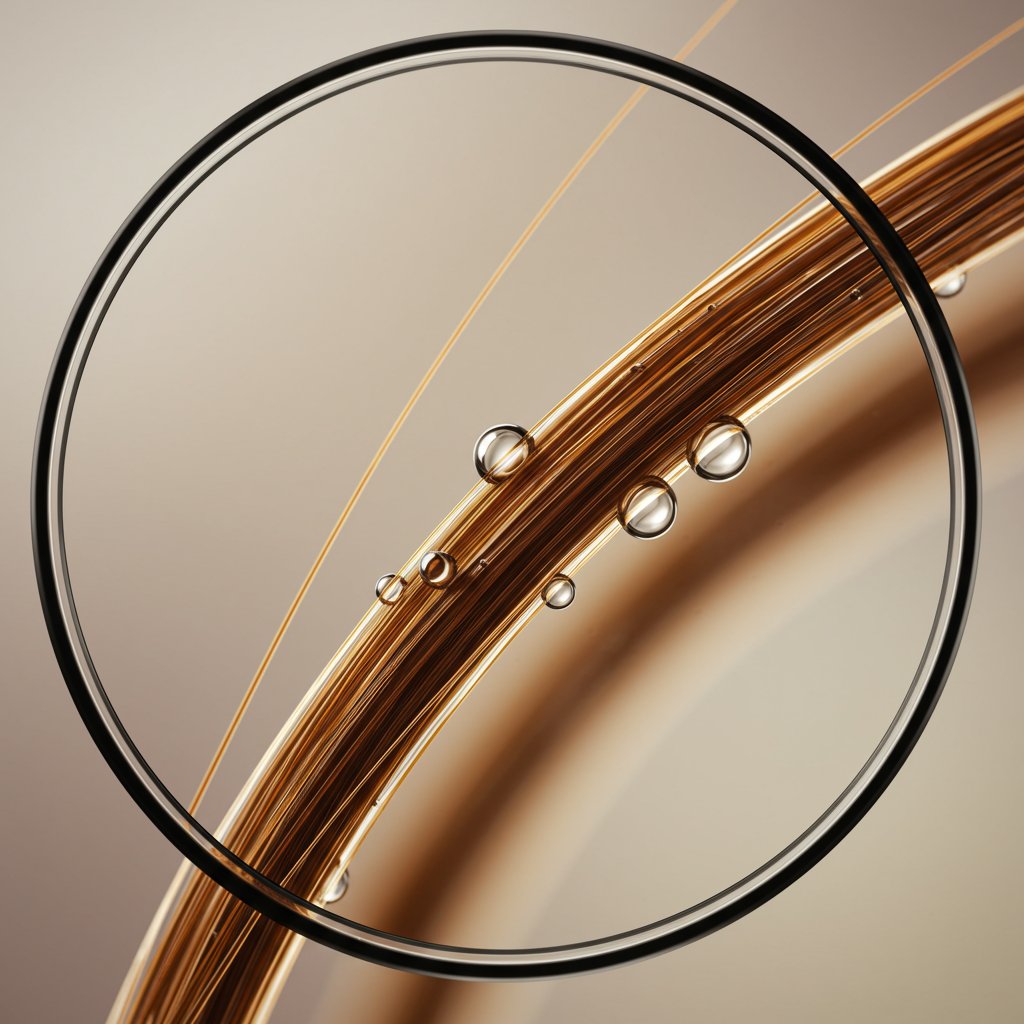
This is where protective styling becomes a game-changer. It directly tackles the primary culprit of stalled progress: mechanical breakage. By keeping your hair contained and your ends tucked away, you drastically reduce friction and manipulation. Every time you comb, detangle, or style your hair, you create a small amount of stress on the hair shaft. Over time, this cumulative stress weakens the hair, leading to split ends and breakage. Protective styles interrupt this cycle of damage. For the 4-8 weeks your hair is in braids, twists, or an updo, it is spared from this daily mechanical stress. The result? The half-inch of new growth you gain each month actually stays on your head, contributing to visible, measurable length.
Furthermore, protective styles shield your hair from environmental aggressors. UV radiation from the sun can degrade the protein structure of hair, making it brittle. Wind can cause tangles and knots that lead to breakage during detangling. Cold, dry air can sap moisture, leaving strands parched and fragile. A protective style acts like a cozy sweater for your hair, keeping it bundled up and safe from these elements. By creating a stable, low-stress environment, you allow the hair shaft to maintain its integrity from root to tip, leading to stronger, more resilient hair that is less prone to damage when you do eventually wear it out.
Choosing the right protective style is crucial for success, as what works for one hair type may not be suitable for another. The key is to select a style that protects your ends without causing undue stress on your scalp or strands. Consulting with an experienced stylist can provide personalized recommendations based on your hair's density, texture, and overall health.
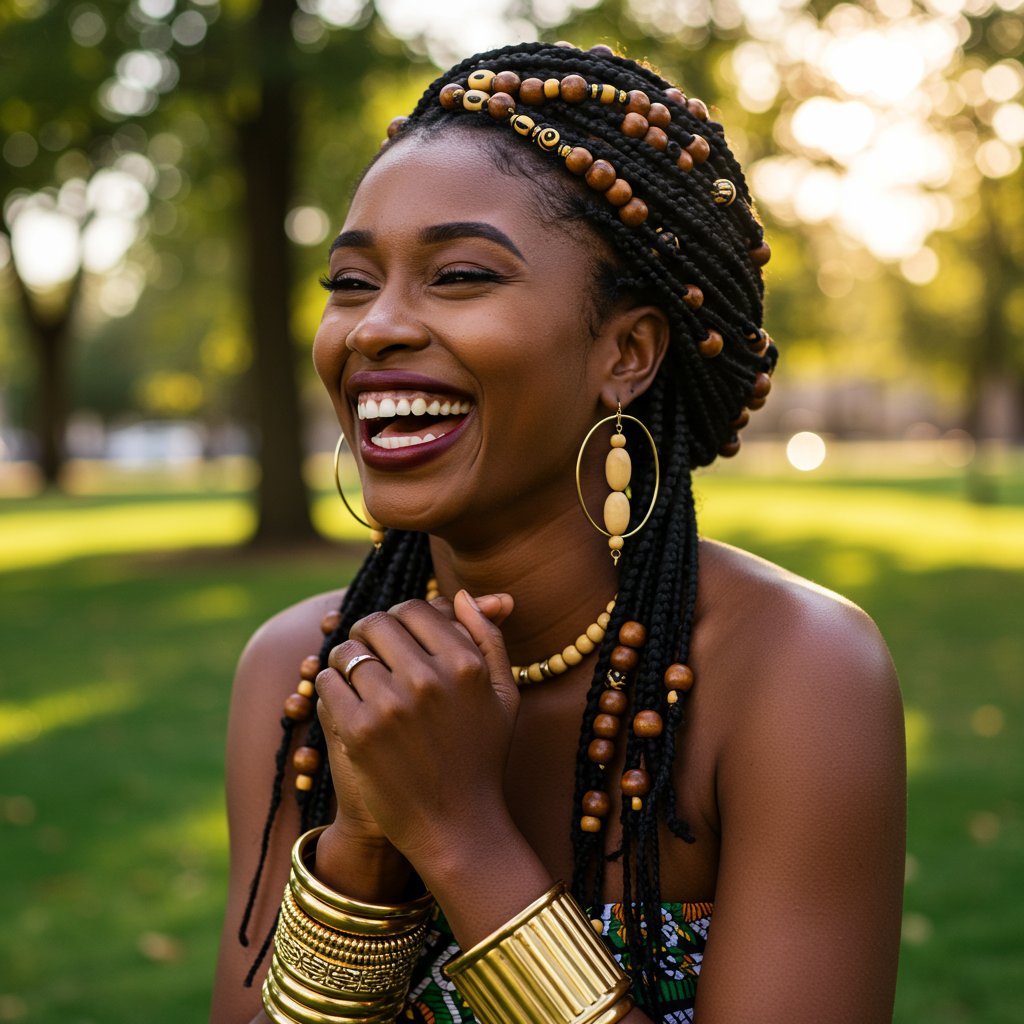
Coily and kinky hair textures, with their beautiful tight curl patterns, are particularly fragile and prone to dryness and breakage. Styles that provide full protection while allowing for easy scalp access and moisturization are ideal. Box braids are a classic choice, offering versatility in size and length. Marley twists or Havana twists use coarser extension hair that blends seamlessly and puts less tension on the roots. Fulani braids, a combination of cornrows in the front and box braids in the back, offer a stylish and culturally rich option. With these styles, it is paramount to ensure the braids are not installed too tightly, as this can lead to traction alopecia. A skilled stylist will prioritize the health of your scalp and edges.
Curly hair thrives in protective styles that maintain its moisture balance and don't disrupt its S-shaped pattern. Two-strand twists (done on your natural hair or with extensions) are a fantastic option, as they are gentle on the hair and can be easily moisturized. Flat twists are similar but lie flat against the scalp like cornrows, offering a sleek look with less tension. Cornrows, whether simple and straight back or in intricate designs, are another excellent choice. For those with curly hair, the focus should be on styles that control frizz and prevent the tangles that can occur when curls intertwine, ensuring a smooth and pain-free takedown process.
While often stronger, wavy and straight hair types can still suffer from split ends and mechanical damage. Protective styles for these textures should focus on minimizing tension and avoiding the use of tight elastics that can cause breakage. Loose braids, such as a classic French braid, a Dutch braid, or a fishtail braid, are perfect for keeping hair contained without stress. For more formal or secure options, sleek buns, chignons, and French twists are excellent choices. These styles effectively tuck away ends, protecting them from friction against clothing and office chairs. The key is to secure them with hair-friendly accessories like silk scrunchies, spin pins, or gentle hair forks instead of tight elastic bands with metal clasps.
How you prepare your hair for a protective style is just as important as the style itself. A successful installation begins long before you sit in the stylist's chair. Going into a style with hair that is weak, dry, or dirty is a recipe for disaster, as it will only seal in existing problems. Proper preparation creates a healthy foundation, ensuring your hair remains nourished and strong throughout the duration of the style.
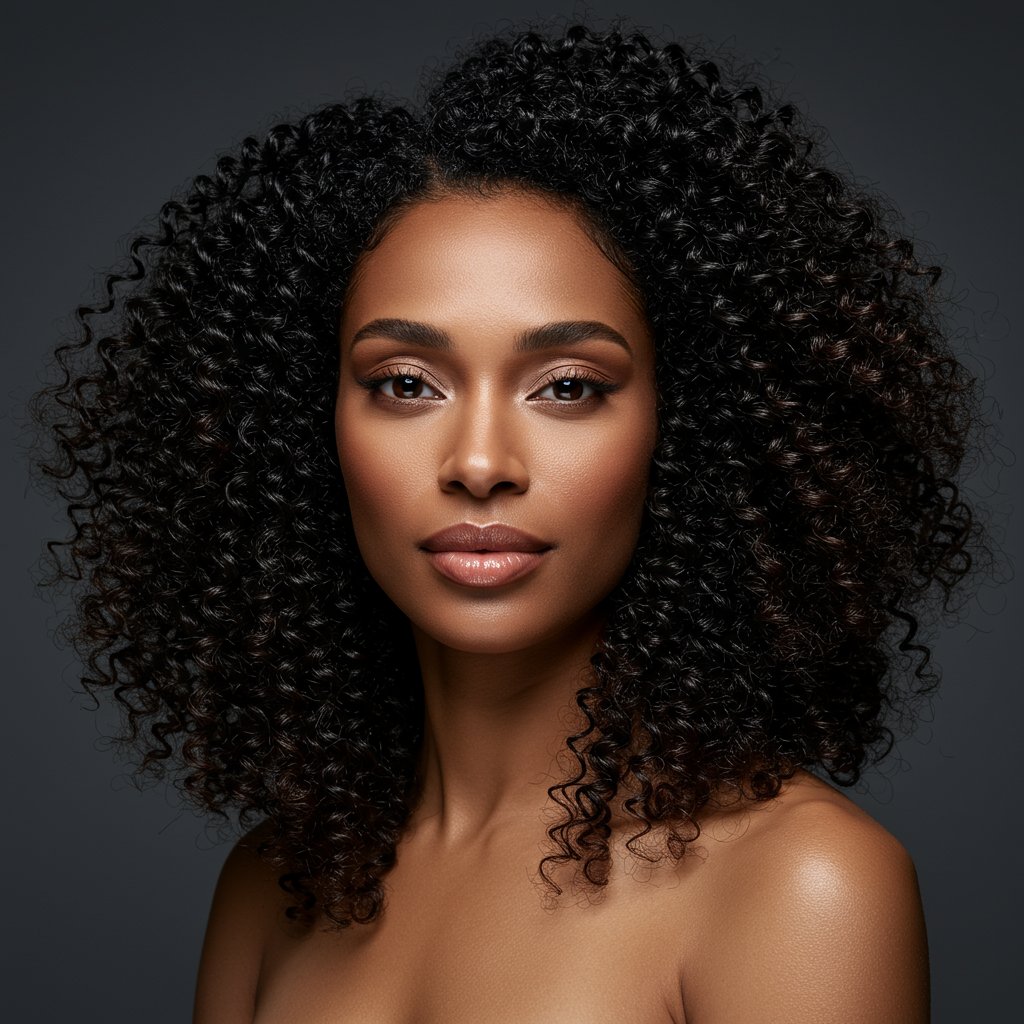
Start with a thorough cleansing session using a clarifying shampoo to remove any product buildup from your hair and scalp. This creates a clean slate for moisture to penetrate effectively. Follow this with a deep conditioning treatment. This step is non-negotiable. A high-quality, moisturizing deep conditioner will infuse your strands with the hydration they need to withstand being in a long-term style. For an extra boost, consider sitting under a hooded dryer or using a thermal cap to help the conditioner penetrate the hair shaft more deeply. If your hair feels overly soft or 'mushy,' incorporating a light protein treatment can help reinforce its structure. Finally, detangle your hair thoroughly but gently, working from the ends up to the roots, and apply a leave-in conditioner and a sealing oil to lock in all that moisture.
While some may be tempted by DIY, seeking a professional stylist who specializes in protective styling offers invaluable benefits. An experienced stylist has a trained eye for proper parting, tension control, and hair health. They can assess your scalp and hair density to determine the appropriate size and weight for your braids or twists, a critical factor in preventing traction alopecia—hair loss caused by excessive, prolonged tension. They understand how to grip the hair at the root without pulling, ensuring your edges and hairline remain intact. Investing in a professional installation is an investment in the long-term health of your follicles and the prevention of irreversible damage.
Once your beautiful protective style is installed, the work isn't over. Proper maintenance is the key to maximizing the style's benefits and ensuring the hair underneath stays healthy, moisturized, and clean. Neglecting your hair while it's in a protective style is one of the biggest mistakes you can make; it can lead to a dry, itchy scalp, brittle hair, and a difficult, breakage-filled takedown.

A healthy scalp is the foundation of healthy hair. Over the weeks, sweat, sebum, and product can build up, leading to irritation, itchiness, and clogged follicles. Cleanse your scalp every 7-14 days. You can do this by diluting your shampoo with water in an applicator bottle and applying it directly to your scalp. Gently massage with the pads of your fingers (not your nails) to lift dirt and debris, then rinse thoroughly. Follow up with a scalp treatment or oil, like tea tree or peppermint oil diluted in a carrier oil, to soothe and invigorate the scalp.
Your hair still needs moisture even when it's tucked away. Dry hair becomes brittle and is more likely to snap. Create a daily or every-other-day moisturizing routine. Use a lightweight, water-based spray to lightly mist your braids or twists. Focus on the length of your hair, not just the scalp. You can create your own mix with water, a bit of leave-in conditioner, and a few drops of a nourishing oil like jojoba or avocado oil. After spritzing, seal in that moisture by smoothing a small amount of a slightly thicker oil, like castor oil or olive oil, down the length of your braids or twists. This simple routine will keep your natural hair pliable and hydrated.
Your nighttime routine is your style's first line of defense against frizz and moisture loss. Cotton pillowcases are notorious for absorbing moisture from your hair and causing friction that can lead to frizz and flyaways. Always protect your style at night by wearing a silk or satin bonnet or scarf. These materials allow your hair to glide without friction, preserving the neatness of your style and helping your hair retain its moisture. If you find bonnets uncomfortable, a silk or satin pillowcase is an excellent alternative that provides the same benefits.
Protective styling, when done correctly, is a powerful tool for hair health. However, a few common missteps can turn a well-intentioned style into a damaging experience. Being aware of these pitfalls is essential for ensuring your protective styling journey is successful and beneficial.
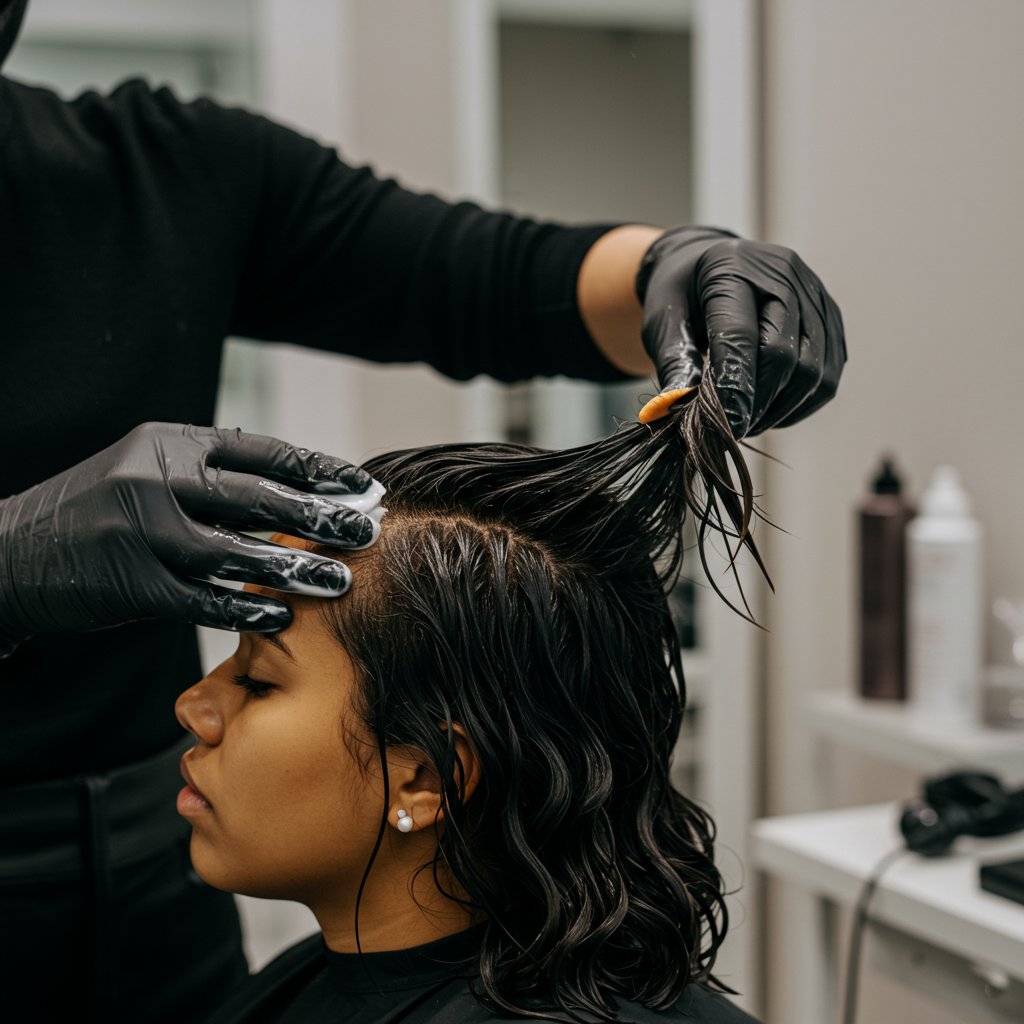
This is the most critical mistake to avoid. Styles that are installed too tightly can cause immense pain, headaches, and inflammation of the hair follicles. This constant pulling can lead to traction alopecia, which can be permanent if not addressed quickly. Signs of excessive tension include visible bumps around the base of the braids, a persistent headache after installation, and pain when moving your head or tying up your hair. Always communicate with your stylist. If it feels too tight, speak up immediately. A protective style should be comfortable from day one.
An 'out of sight, out of mind' mentality can be disastrous. As discussed in the maintenance section, you must continue your cleansing and moisturizing routine. Forgetting to do so will leave you with dry, brittle hair that is matted and difficult to detangle upon takedown. This neglect is often the true culprit behind the massive breakage some people experience after removing a style, which they mistakenly blame on the style itself.
While it’s tempting to extend the life of a beautiful, expensive style, there is a point of diminishing returns. The recommended duration for most protective styles is between four to eight weeks. Beyond this point, significant new growth can cause the hair to become matted at the root, making takedown a nightmare. Additionally, the accumulated product and scalp buildup can become excessive, potentially leading to scalp issues. It's crucial to give your hair a break between styles—at least a week or two—to allow your scalp to breathe and to give your natural hair some deep conditioning and TLC.
The takedown process requires as much patience and care as the installation. Rushing through it by yanking and pulling is a fast track to undoing all the length you've retained. Set aside ample time. Work in small sections, apply a product with good 'slip' (like a conditioner or oil) to help loosen the braid, and gently detangle each section with your fingers before introducing a comb. Expect to see some shed hair—this is normal. The average person sheds 50-100 hairs per day, and since your hair has been contained for weeks, that shed hair will be released all at once. Differentiating between normal shedding and breakage is key.


Generally, most protective styles with added hair should be kept in for no longer than eight weeks. For natural hair styles like twists or buns, you might refresh them more frequently. The key is to listen to your hair and scalp. Once you have a significant amount of new growth (over an inch and a half), the risk of matting and tension at the root increases, signaling it's time for a takedown.
Yes, if done incorrectly. The style itself is not damaging, but improper installation (too much tension), neglect (lack of moisture), or leaving it in for too long can cause significant damage, including breakage and traction alopecia. The key is proper technique and diligent maintenance.
For those with fine or thin hair, it's crucial to choose lightweight styles that don't put stress on the hair follicles. Opt for knotless braids over traditional box braids, as they start with your natural hair and have less tension at the root. Simple, elegant styles like loose buns, chignons, or two-strand twists using only your natural hair are also excellent and safe options.
Focus on the scalp. Use an applicator bottle to apply diluted shampoo directly to your scalp. Massage gently with your fingertips and let the suds run down the length of your braids or twists as you rinse thoroughly with lukewarm water. Avoid vigorous scrubbing, which can cause frizz and disrupt the style. Follow up with a light, spray-on conditioner.
Absolutely. Your hair still requires moisture to stay healthy and prevent brittleness. A regular routine of using a water-based leave-in spray and sealing with a natural oil is essential to keep your hair hydrated and pliable within the style.
Immediate signs include pain, headaches, and tenderness. You might also see small, white or red bumps around the base of the braids or twists (folliculitis). Your scalp should not be red or feel stretched. If you experience any of these symptoms, the style needs to be loosened or taken out immediately to prevent damage.
Protective styling is more than just an aesthetic choice; it is a strategic and powerful component of a healthy hair care regimen designed to promote and reveal your hair's natural growth potential. By understanding the principles of minimizing manipulation, protecting your fragile ends, and shielding your hair from environmental damage, you empower yourself to break the cycle of breakage and finally achieve your length goals. The journey requires patience, diligence, and a commitment to proper preparation, maintenance, and safe removal.

Remember that the health of your hair and scalp should always be the top priority. Choose styles that feel comfortable, invest in professional installation to prevent damage, and nurture your hair even when it's tucked away. By incorporating these practices, you transform protective styling from a simple hairstyle into a profound act of care. This approach will not only help you retain length but also cultivate stronger, more resilient, and healthier hair from root to tip. For personalized advice on the best protective styling options for your unique hair type and goals, consulting with a trusted, professional stylist is always the best next step.
Download our app to instantly see how you'd look with any hairstyle or color
Get the App
12 min read

12 min read

14 min read